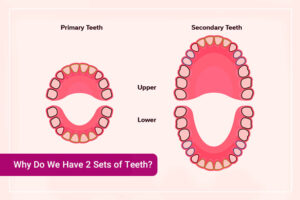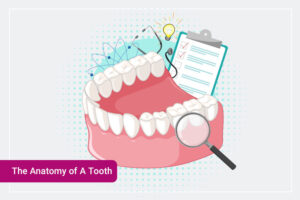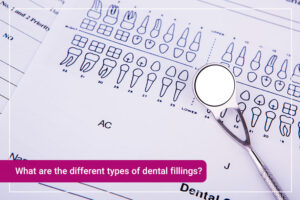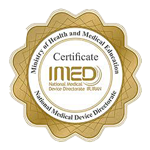What Are The 4 Types of Teeth and Why Do We Have Them?
Our teeth are the hardest substances in our body. Besides being the first step in the digestive process, our teeth play an important role in our ability to speak.
As humans, we have 2 sets of teeth. We develop a set of baby teeth from as early as a tiny embryo inside the womb. Baby teeth help shape the way our jaw grows, chew food properly and help us learn to speak our first words.
Most children will start with 20 primary baby teeth, 10 on the top and 10 on the bottom. These teeth are eventually replaced with 32 permanent adult teeth, 16 on each upper and lower jaw, as we grow older and our jaws start to develop.
We have four different types of teeth, with each type serving a particular purpose for eating and chewing.
- 8 Incisors
- 4 Canines
- 8 Premolars
- 12 Molars (including 4 wisdom teeth)
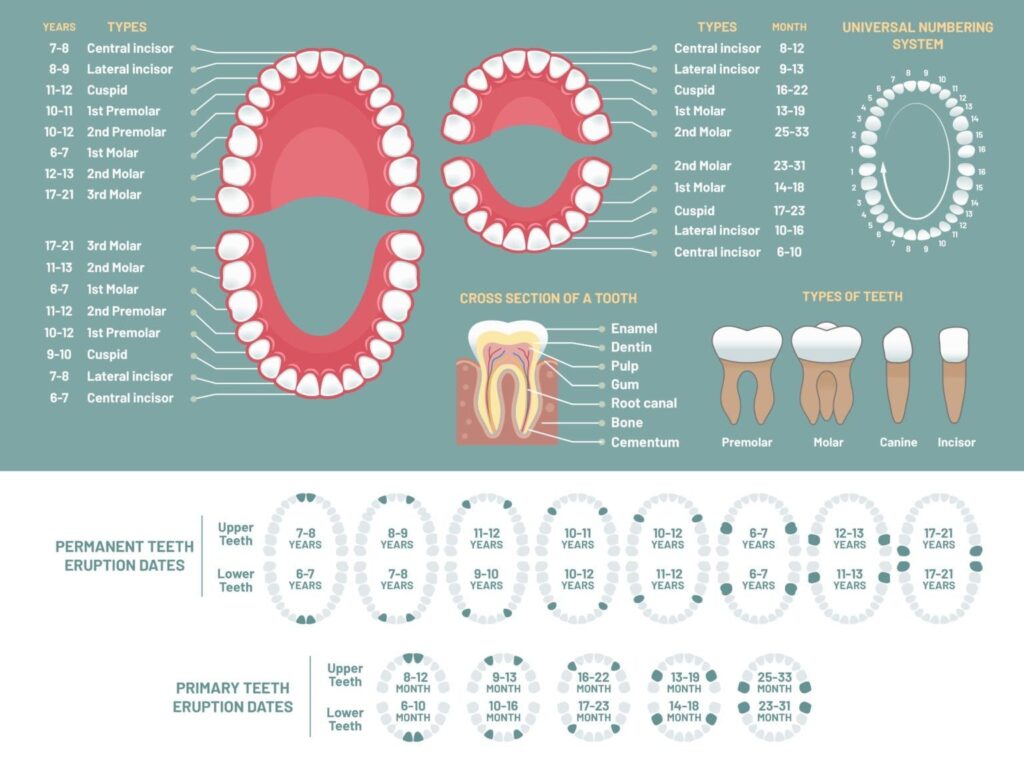
Incisors
Most adults normally have eight incisors (four upper, four lower). These are the front-most teeth used for cutting food. These are the teeth that appear first in young children.
Canines
These are the slightly pointed teeth situated on each side of the incisors. Because they resemble the fangs of a dog (canine) they acquired that name. Sometimes they are called cuspids or “eye teeth,” because they sit directly below the eye sockets.
Premolars
These are located between the canines and the molars in the back of the mouth. Premolars have two pointed cusps on their biting surface. Which is why they are sometimes referred to as bicuspids. The premolars are considered transitional teeth, guiding food from the canines to the molars in back for chewing.
Molars
Molars, in the back of the mouth, are used for grinding our food. The typical adult has twelve molars, 4 of which are your wisdom teeth. Each side of the upper and lower jaw has three molars. These are our largest teeth and designed to sustain the force used for chewing, grinding and clenching.
At the ages of 18 to 25 the final 4 molars will begin to erupt in the furthest 4 corners of your mouth, which are your wisdom teeth. Most will start to experience pain and discomfort as they start to push through the gumline.
Unlike most adult teeth, wisdom teeth can cause a bit of an issue if they erupt partially or sideways. This makes them harder to clean, but also causes other oral health issues known as impacted wisdom teeth.
When should you remove wisdom teeth?
Wisdom teeth are generally removed once they completely erupt and are visible. However, if wisdom teeth that do not erupt properly and become impact they will need to be surgically removed. Impacted wisdom teeth may not necessarily cause issues immediately, but over time they may get infected, damage adjacent teeth or cause other oral health problems.
Signs of impacted wisdom teeth include:
- Tender or bleeding gums
- Red or swollen gums
- Jaw pain and discomfort
- Persistent bad breath
- Unpleasant taste in the mouth
- Difficulty eating, opening your mouth
- Constant headaches
In most cases, your dentist will usually discuss the state of your wisdom teeth when x-rays are conducted at your regular checkup. In any case, if you start to experience any of the symptoms mentioned above, we suggest seeking medical attention immediately.











